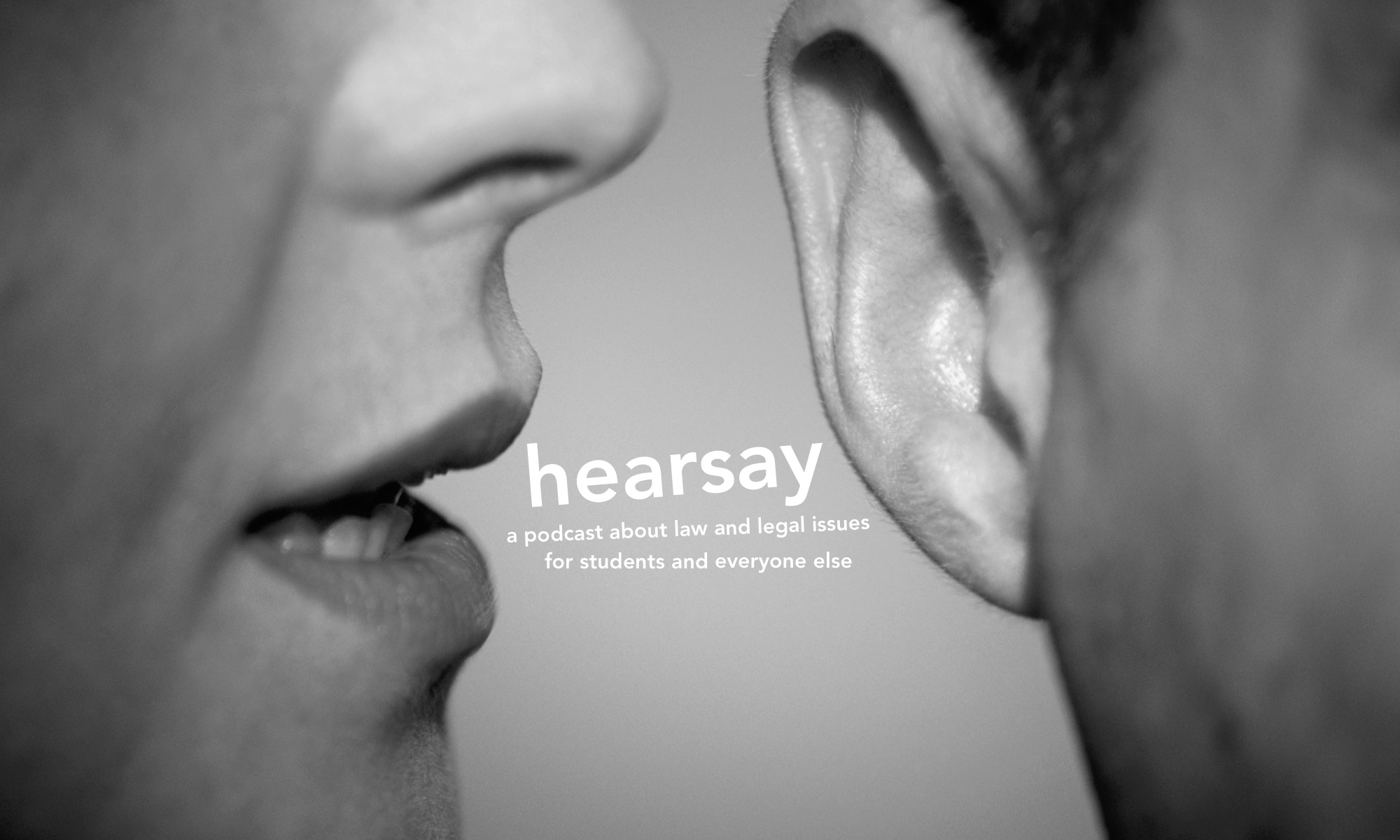The High Court has reinstated a murder conviction in the high profile case of Gerard Baden-Clay, confirming an initial jury verdict. Baden-Clay was charged with murdering his wife in 2012 after she discovered he was having an affair. He was tried in the Supreme Court of Queensland in 2014. The jury convicted him following a hearing that lasted more than a month, and he was sentenced to life imprisonment. Baden-Clay appealed the jury verdict, arguing that it was “unreasonable, or can not be supported having regard to the evidence”.
During the appeal, Baden-Clay’s lawyers argued that the jury could not rule out the possibility that their client had an altercation with his wife and accidentally killed her. This would mean they could not find, beyond reasonable doubt, that Baden-Clay had the required mens rea for murder (that is, intention to kill or seriously injure the victim). The Queensland Court of Appeal accepted that argument and substituted a verdict of manslaughter.
The prosecution then appealed this decision to the High Court, arguing that the murder verdict should be reinstated. They said that while “the defence offered theories of suicide, overdose, a fall, drowning and alcohol as the cause, unintended or accidental killing by Mr Baden-Clay was not offered during trial”. In fact Baden-Clay had chosen to give evidence and denied any involvement with his wife’s death, which would rule out accidental death.
The High Court agreed with this argument. In the unanimous judgment of five justices, it found that Baden-Clay had chosen to testify that he had not had a physical altercation with his wife, and therefore “the only witness who could have given evidence to support the hypothesis gave evidence which necessarily excluded it as a possibility.” The jury could logically exclude the accidental death scenario, which meant their guilty verdict was not unreasonable.
Importantly, the High Court gave a strongly-worded warning that overturning a jury’s verdict should not be done lightly: “Given the central place of the jury trial in the administration of criminal justice over the centuries, and the abiding importance of the role of the jury as representative of the community in that respect, the setting aside of a jury’s verdict on the ground that it is ‘unreasonable’ … is a serious step, not to be taken without particular regard to the advantage enjoyed by the jury over a court of appeal which has not seen or heard the witnesses called at trial. … [A] court of criminal appeal is not to substitute trial by an appeal court for trial by jury.”
While the issue in this case was the concept of an “unreasonable” verdict under s 668E(1) of the Queensland Criminal Code, the High Court’s comments will be relevant in other jurisdictions. For example, the Victorian Criminal Procedure Act 2009 includes a similar rule for appeals in s 276(1)(a): the Court of Appeal “must allow the appeal against conviction” if the court is satisfied that “the verdict of the jury is unreasonable or cannot be supported having regard to the evidence” — in other words, if the appeal court agrees that the jury reached an impossible verdict based on the evidence presented at the trial.
The High Court has made it clear this power to overturn a jury verdict should only be exercised cautiously.
